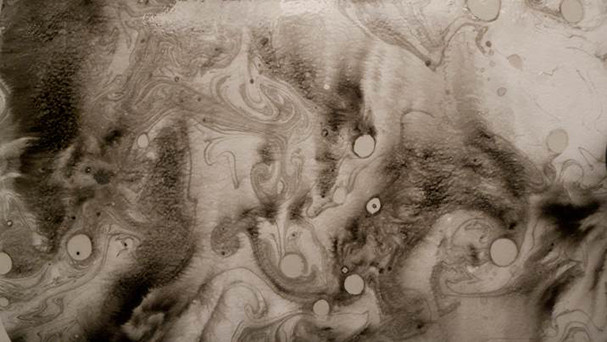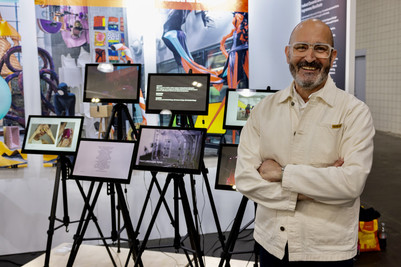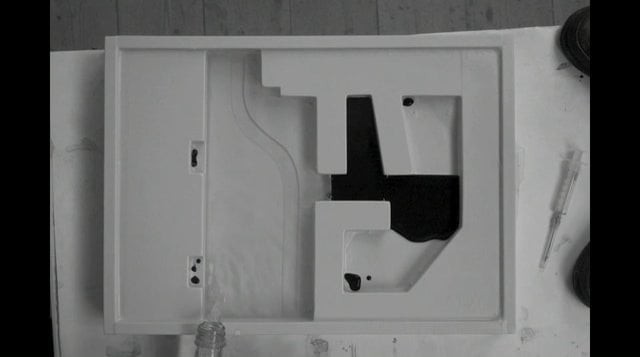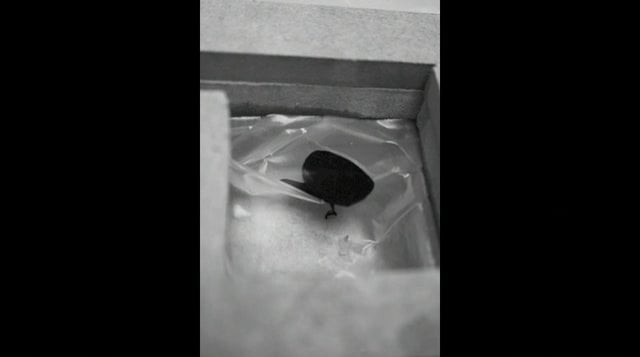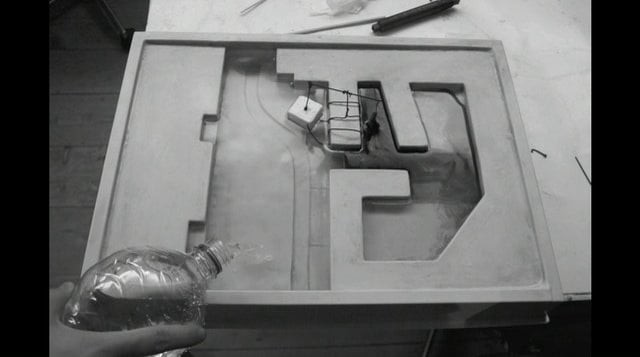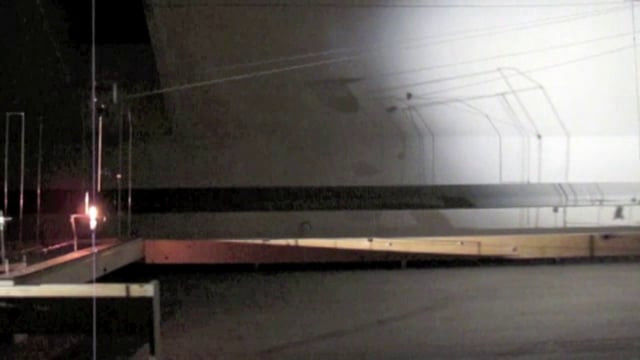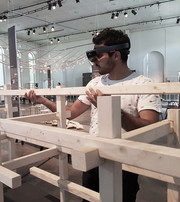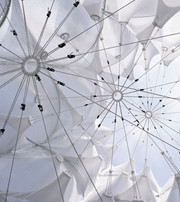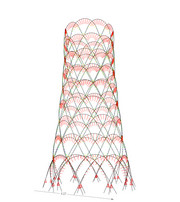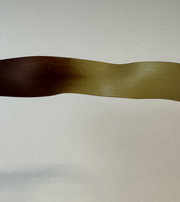
Dynamic Response (2012)
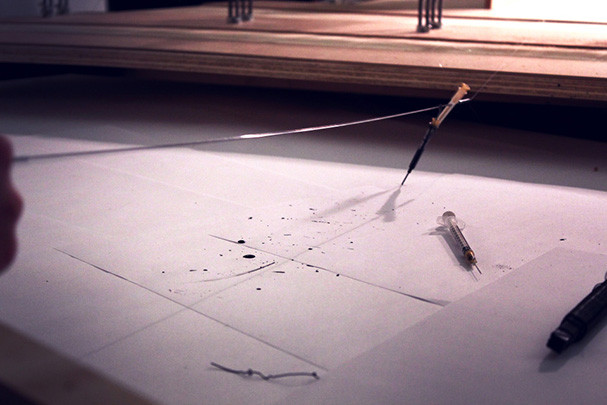
A workshop collaboration between CITA and Department 2 with Anders Krogdal Nielsen and Frederik Beckett-Nilsson.
In architecture space is often thought as a static condition. The coincidence of a static definition of space of drawing and a static understanding of materials has rendered our perception of space outside the temporality that experience, movement and the body otherwise always finds itself embedded within. Space is always dynamic. Shadows move. Doors open and close. Materials buckle and flex.
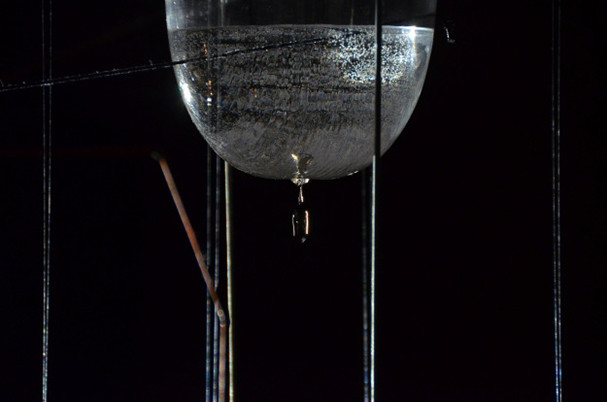
The workshop examined a dynamic spatial understanding . Based on the students individual projects in Berlin the workshop asked students to find their own ways to describe and understand space and time as simultaneous dimensions. How can wind flow, the movement of the sun, the changing seasons or historical time help create differences in your architecture? How can your observations about site changes, life in the city or the buildings change create new dynamic design criteria for your architecture?
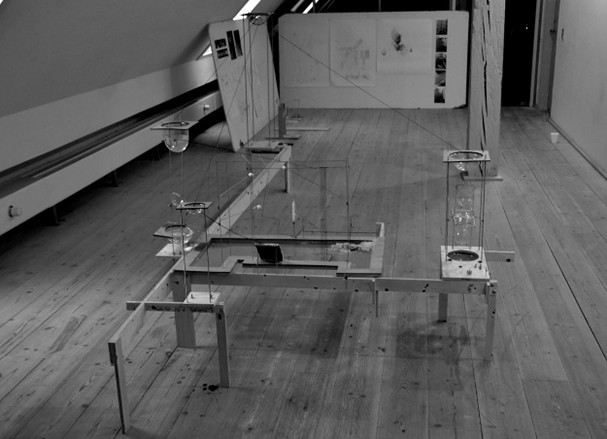
In the workshop, we examined the concept of analogue computers. Located somewhere between tool and proposal-making we asked students to create their own dynamic drafting machines used to reproduce (analyse, measure or capture ) a movement and to create (mold, trace, cast) new . By focusing on the materials own intrinsic movement - the way they bend, stretch or flex students found their own modelling forms.
Thank you to students from third year and Anders Krogdal Nielsen and Frederik Beckett-Nilsson. Please see the student blog for more information.
